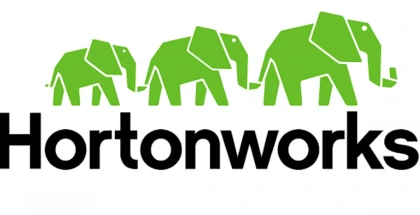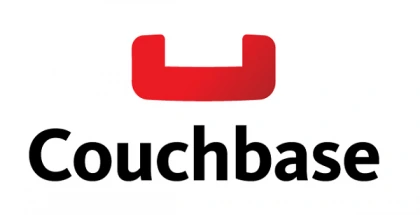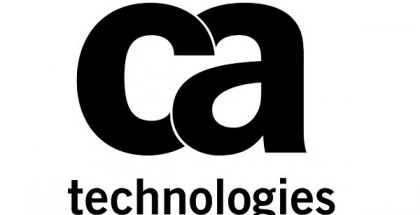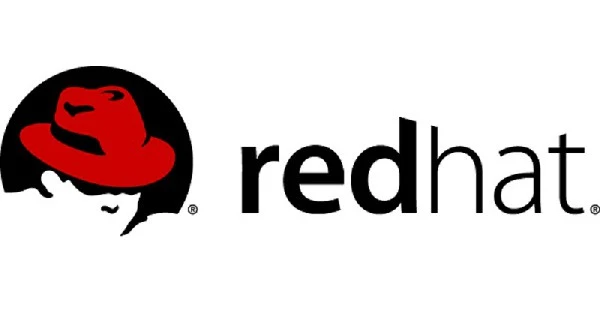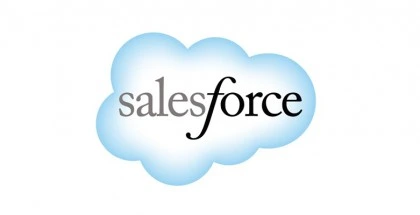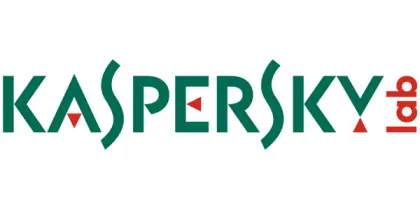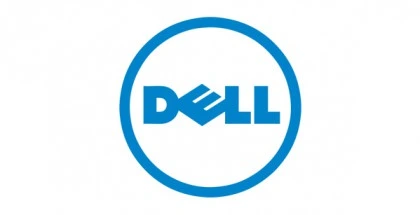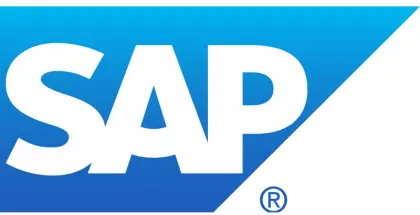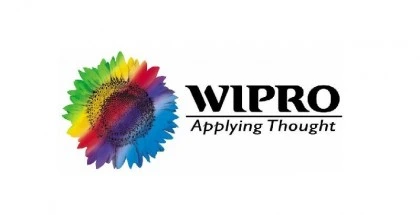The results of a global study commissioned by CA Technologies reveal that mobile and desktop applications have become the new battleground for brand loyalty. In today’s software-driven world, where consumers are more discerning about what they expect from applications, the reality is that businesses that fail to deliver a positive application experience risk losing as much as a quarter of their customer base.
The study – Software: the New Battleground for Brand Loyalty – surveyed 6,770 consumers and 809 business decision makers in 18 countries to uncover how each group thought various characteristics of applications impacted user experience, and how well different industries delivered on those characteristics. Consumers identified three that have the biggest impact on the consumer experience:
1. Quick Loading – 68 percent of consumer respondents, who left a brand because of poor load times, said a loading time of six or less seconds was acceptable – and slightly more than half of those respondents demand a load time of less than three seconds.
2. Simple Functionality – More than 70 percent of consumers ranked ‘perform tasks with little difficulty’ and almost 80% ranked applications that have ‘easy to use features’ as top drivers of their decision to utilize or purchase an application.
3. The Assurance of Security – Out of users who had a fair or poor experience, 10 percent said that they would leave a brand forever because of issues with security.
“Consumers no longer view applications as nice-to-have novelties. They now have a huge impact on customer loyalty,” said Andi Mann, vice president, Strategic Solutions, CA Technologies. “As businesses navigate a new, always-connected reality that produces vast amounts of ambient data, they must react by delivering a personalized, secure and engaging application experience.”
There is a disconnect, the study revealed, between how well businesses decision makers think industries are able to provide application technologies, and how well consumers believe the same industries are actually delivering. Specifically, businesses think application delivery is largely better than consumers do: a difference of 15 percent in financial services, and 14 percent each in Information and Technology and Government Administration.
The study also highlighted how applications have become a crucial meeting point between consumers and organizations. According to the survey, 49 percent of consumers are using applications to bank and 48 percent use applications to shop; and more than half of respondents say they’d be willing to use applications to perform tasks like paying taxes, managing healthcare or even voting in elections.
“In order to tap into the growth potential of the application economy, businesses and governments must make software more than just a part of their business – it must become their business,” said Mann. “And to do this, they have to let their customers lead: listen to them, understand their needs, and apply the same rigor and predictive analysis to application development and deployment as they would to determine the best location for a retail store.”


